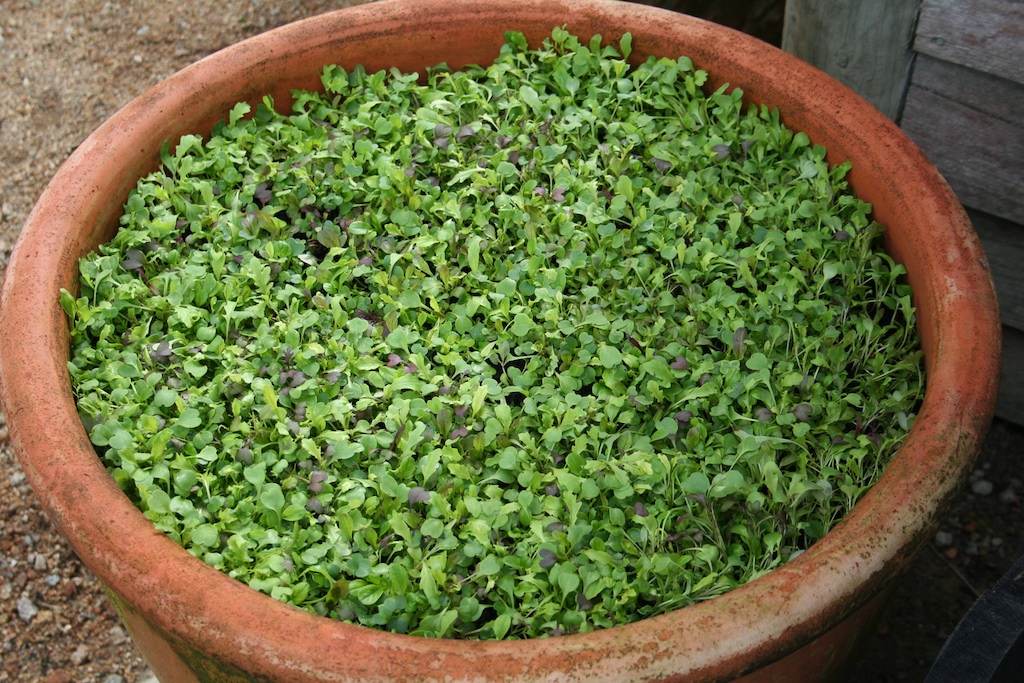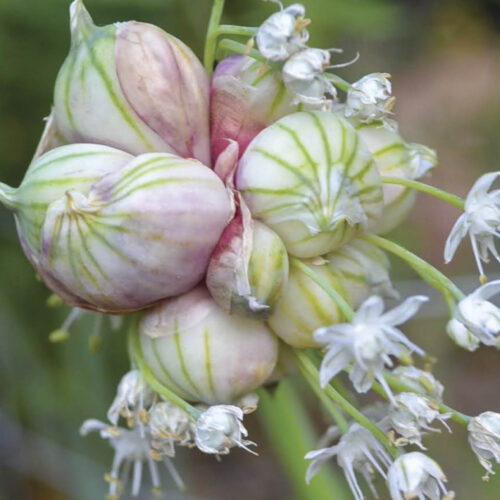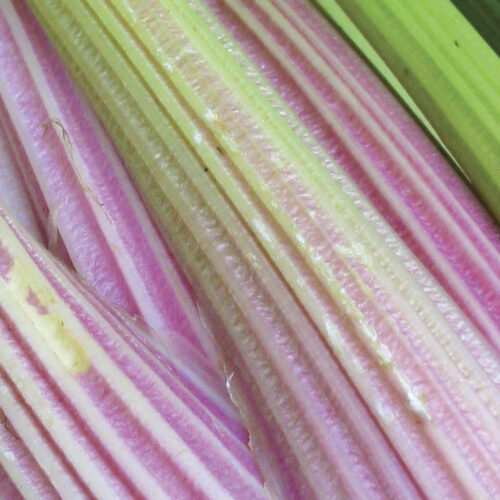Marvellous microgreens
2017-12-16T04:13:32+11:00
Nutritious microgreens, explains Penny Woodward, are quick to grow and delicious to eat.
As the weather warms up it can get too hot to grow juicy lettuces, unless you can shade them and water regularly. An alternative is to grow microgreens. I use a big shallow pot and sow the microgreens into good-quality potting mix, in the pot. Water well with a fine spray, and then keep them just moist in a position with morning sun and, two to three weeks later when the first real leaves are well through, you can start harvesting. Just cut them with scissors, add to salad, use as a garnish or sprinkle over a sandwich. Many plants will grow back again several times, after the first cut. Not only do they taste great but research has shown that healthy vitamins and carotenoids are found in larger amounts in micro greens, than their mature counterparts. When you grow them in a pot, it’s easy to move the pot around so that plants get just the right amount of sunlight.
My favourite microgreens are young leafy salad plants such as lettuce, spinach, mizuna, and rocket, but red cabbage, peas, broccoli, bok choy, kale and mustard are also delicious. Throw in a few garlic or onion chives; or onion seeds to add piquancy, as well as basil or dill and you will have a truly healthy multicultural mix. For example, red cabbage microgreens are high in vitamin C, while green daikon radish microgreens are rich in vitamin E. Anyone with a sunny windowsill can grow microgreens, so why not buy some seed. Alternatively, it is a great way to use up your old packets of herb and vegetable seed, as long as they have edible leaves.
(Zhenlei Xiao, Gene E. Lester, Yaguang Luo, Qin Wang. Assessment of Vitamin and Carotenoid Concentrations of Emerging Food Products: Edible Microgreens. Journal of Agricultural and Food Chemistry, 2012; 60 (31): 7644 DOI: 10.1021/jf300459b)






